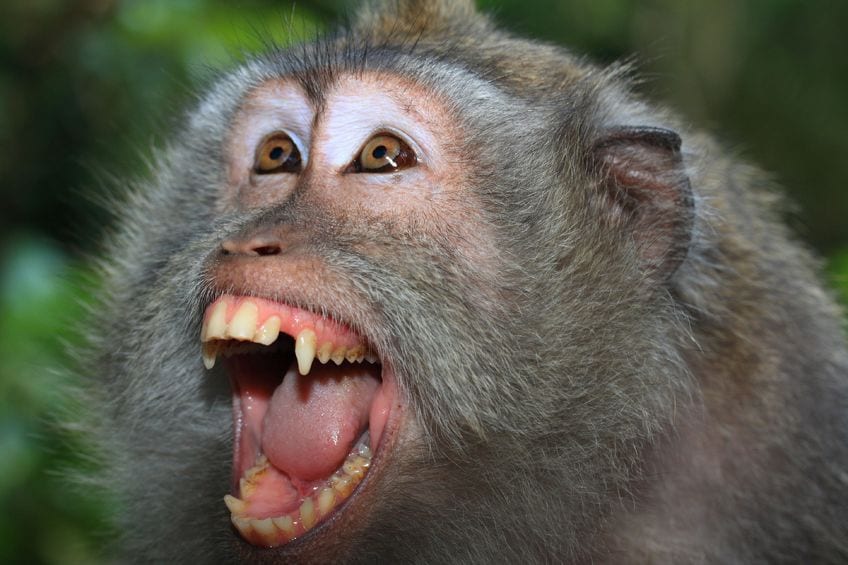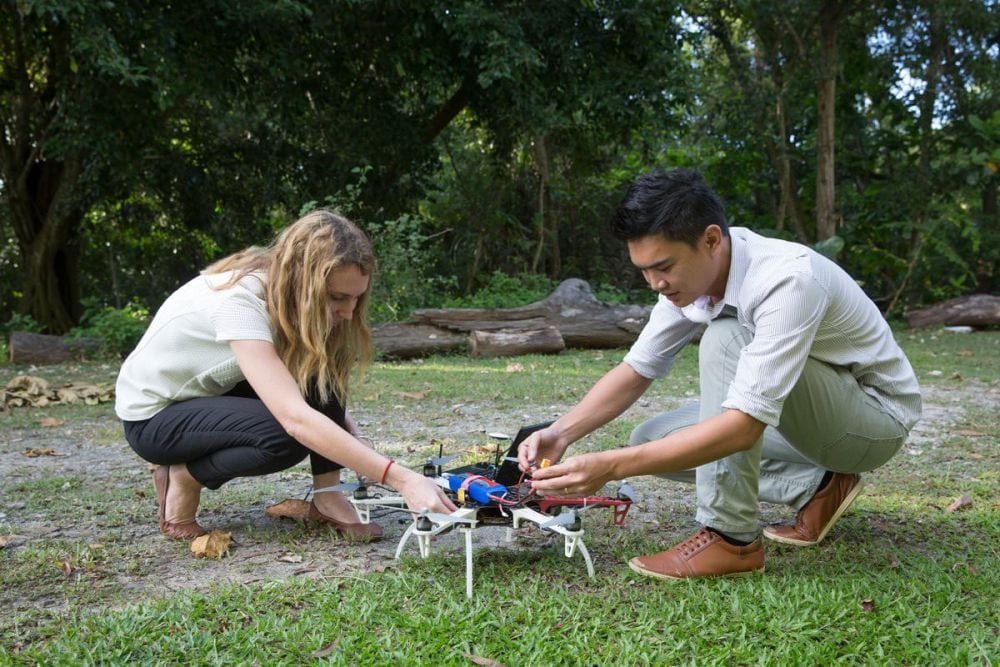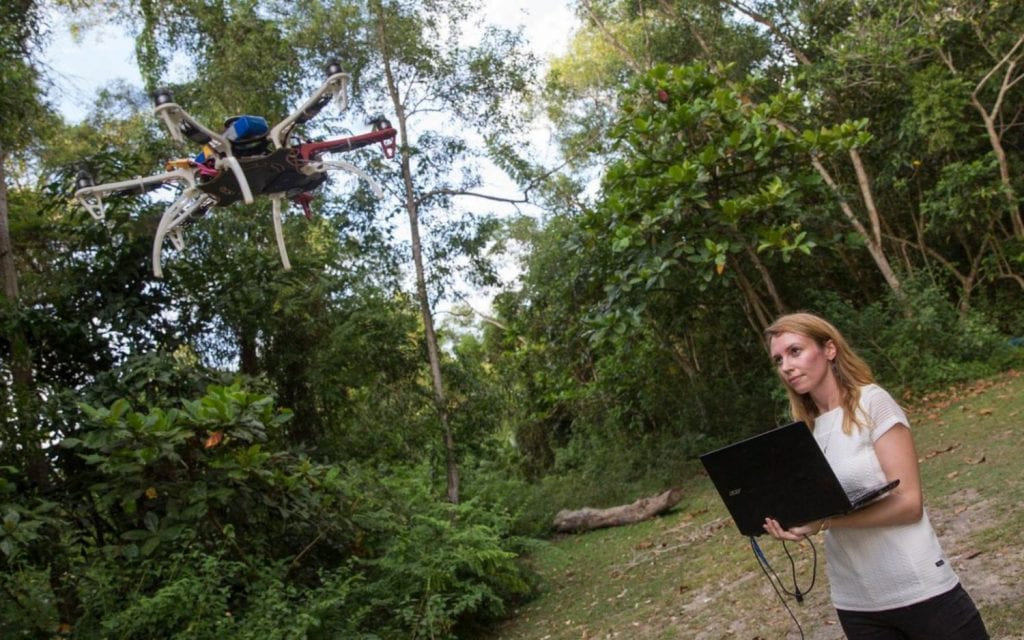
News
Drones Help Scientists Fight Fatal ‘Monkey Malaria’ Outbreak in Malaysia
An outbreak of “monkey malaria” in Malaysian Borneo has led researchers to take advantage of drone technology in a concerted effort to reign in the disease.
The researchers wish to better understand how the rare bloodborne disease is being spread to humans.
The disease usually only affects macaques, and is caused by the parasite Plasmodium knowlesi, which under the microscope bears a striking resemblance to a mild form of malaria.
However, as the monkey strain is the leading cause of fatalities in humans – 69%, The Guardian reports – a team of scientists from the London School of Hygiene and Tropical Medicine have launched the “Monkey Bar Project”, aiming to monitor the spread of the disease using drones.
Professor of Malaria Genetics, Cally Roper, said the disease used to be very rare, but as the number of cases are increasing, the public is in danger of contracting the disease when they come into contact with the monkeys.
New figures indicate the spread of the potentially fatal disease is on the rise – reported infections among people in Malaysia has risen from 376 cases in 2008 to 1,604 in 2016 – with eight deaths from the disease reported in 2016.
The researchers are using the drones, which are equipped with thermal cameras, to track the macaques. Roper believes that one reason for the increases spread of the disease is the deforestation of Borneo’s forests.

Kimberly Fornace and Tommy Rowel Abidin prepare a drone with a thermal camera for testing at the University Malaysia Sabah campus | Joshua Paul/LSHTM
“Drones are used to monitor changes in the landscape like the clearing of forests for agriculture, where there is primary or secondary forest or plantations,” said Roper.
A reduction in forest means that native animals have to range further afield outside their natural habitat to seek food sources.
Studies show that there is a correlation between deforestation in Borneo in the last five years, and up to a triple-fold increase of the incidence of the disease in those areas.
“It can then be inferred that forest cover is most conducive to the spread of this form of malaria,” Roper continued.
The research team has turned to drones as they are not only a more affordable option than satellites, but they can also provide a more detailed picture of the soil conditions in areas where the disease predominates.
A fixed wing drone costing less than US$15,000 and a laptop can capture thermal images of areas affected by the disease’s outbreak. Flights are up to 40 minutes in length. The scientists capture images that they are then able to stitch into a high resolution map.
Monkey Bar Project has been in operation for 5 years but with the addition of thermal imaging capabilities this year, researchers are now able to better follow the movements of the macaques.
Kimberly Fornace, a research associate who charted the deforestation in Sabah, says the process is still evolving.
“We are still optimising the process but the hope is to have a rapid way of estimating how many monkeys are in a particular area without having to wander around the jungle at night looking for them.”
In addition to the thermal mapping technology, the team have attached GPS collars to individual monkeys from troops that reside near humans, and tracked their movements using a drone.
“We’ve used it on several monkeys and on one in particular where we knew there was a large area of land being cleared so we could see where it was moving in response.”
The team’s data refer exclusively to the long-tailed macaques, the most abundant species of primate in Sabah. Most of thjese primates test positive for P. knowlesi – up to 86 percent in some areas. However, the parasite does not seem to affect the monkeys.
“[The rise in cases] is a cause for concern because Malaysia has made really huge gains in controlling other forms of malaria and the P. knowlesi strain now makes up the vast majority of cases.
“It is also worrying because what has worked for other strains of malaria such as … doing mass drug administrations — you obviously can’t do with monkeys. There is no way of stopping the transmission,” Fornace added.

Research fellow Kimberley Fornace uses a drone to track the macaques who are known to be responsible for carrying the deadly ‘monkey malaria’ | Joshua Paul/LSHTM
The project is due to publish its results of the last five years later in 2018, but the researchers say the data collected has already had a positive impact, with public health officials using the data to inform decisions of where to spray insecticide and place bed nets for the macaques in a more proactive campaign to prevent the spread of the monkey malaria.
This is not the only instance of drone technology being used helped fight malaria and other infectious diseases.
In South and Central America, drones are being used to map areas of cities in a bid to reduce outbreaks of Zika virus. And, in Kolkata, India, officials are turning to drones to identify breeding areas of Aedes aegypti mosquitoes, who spread dengue fever.


















